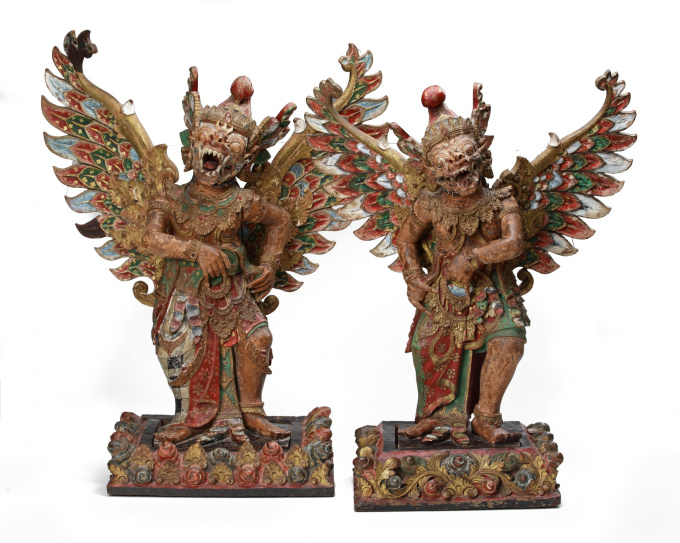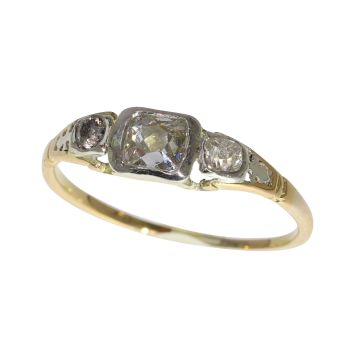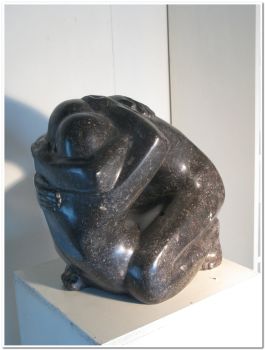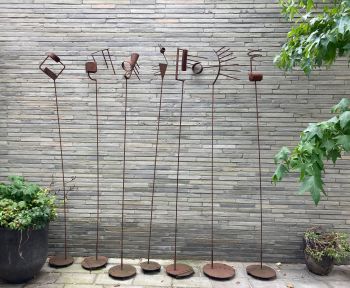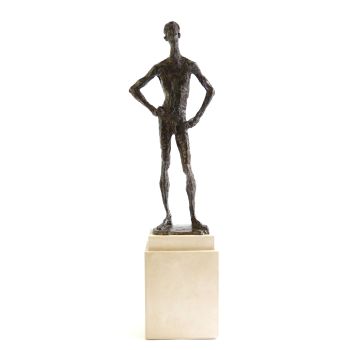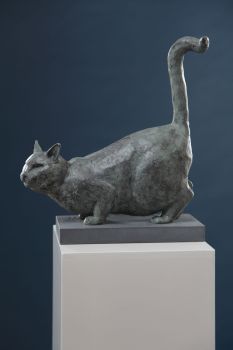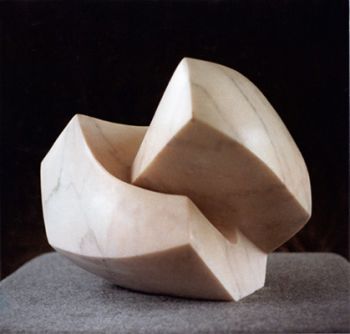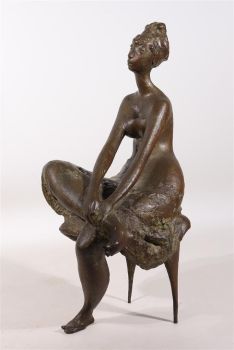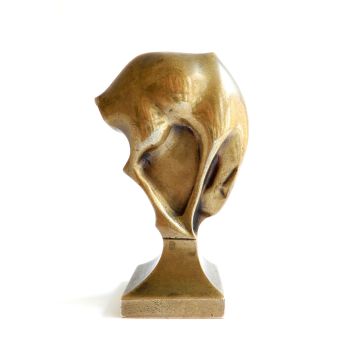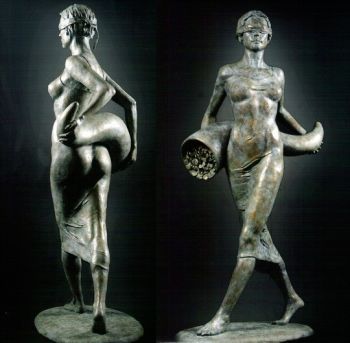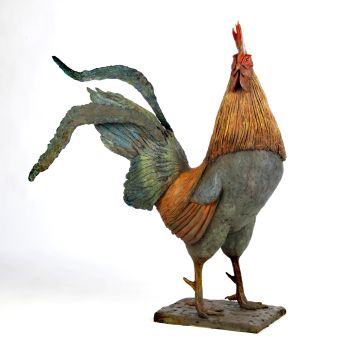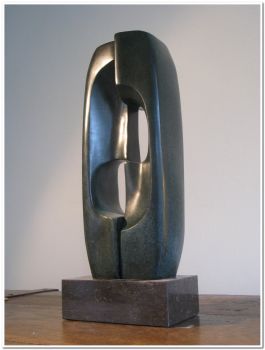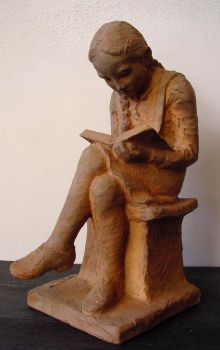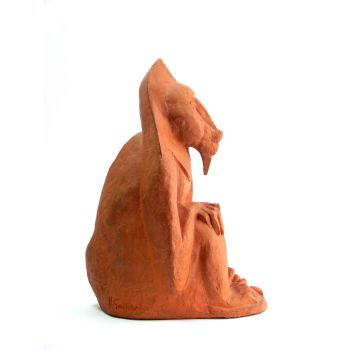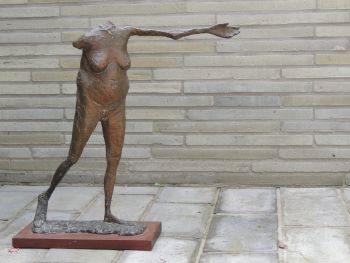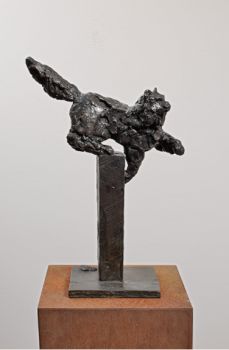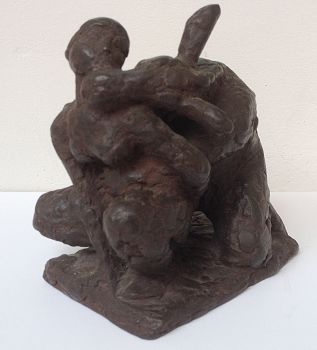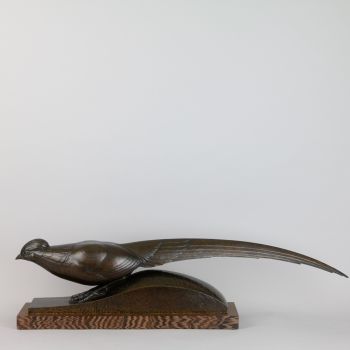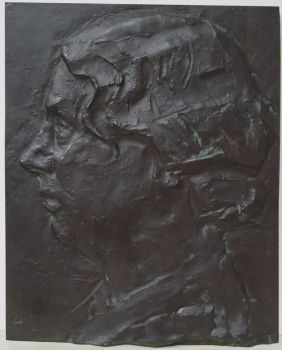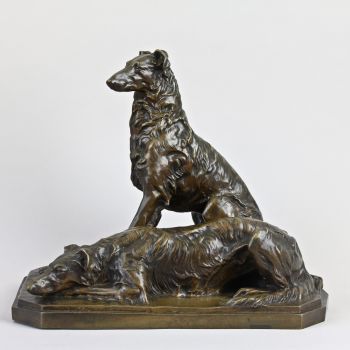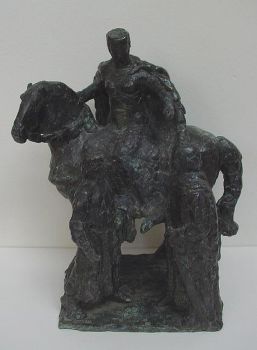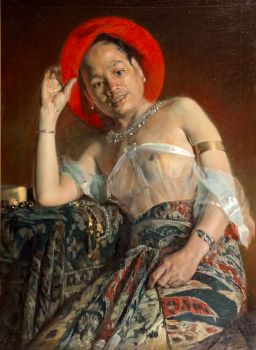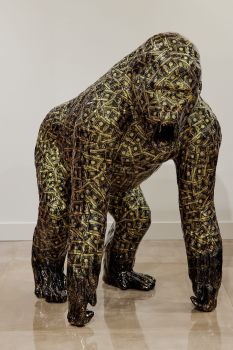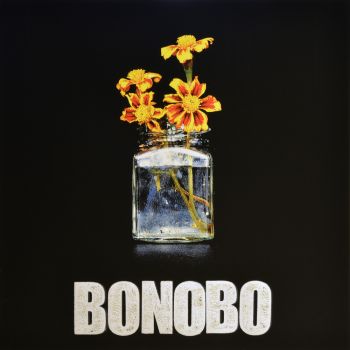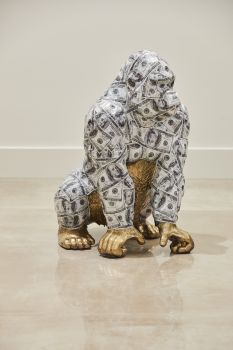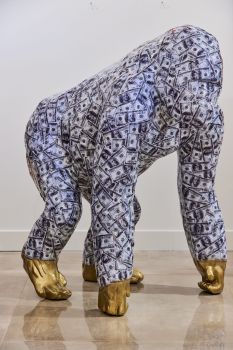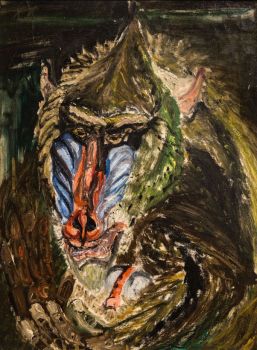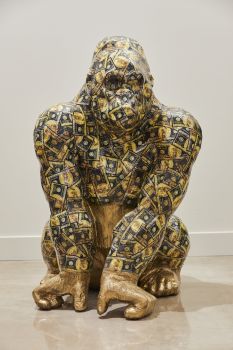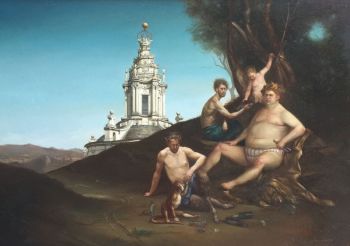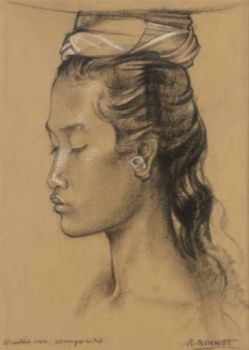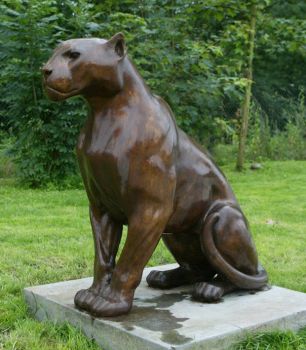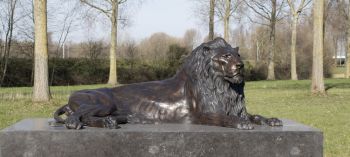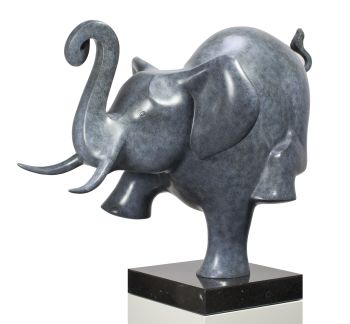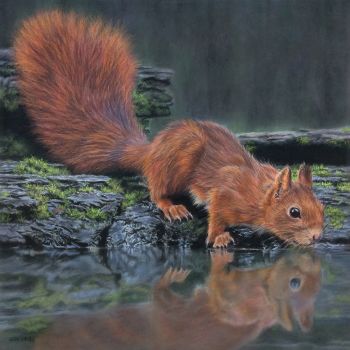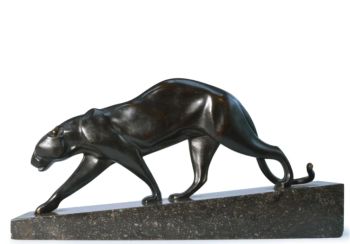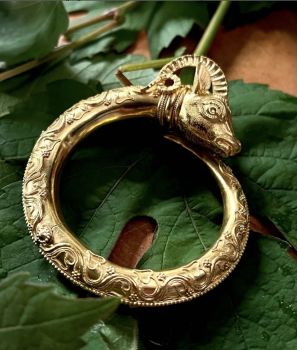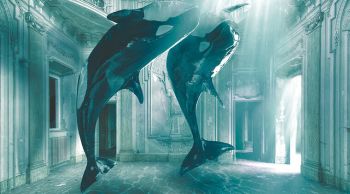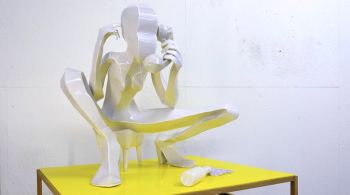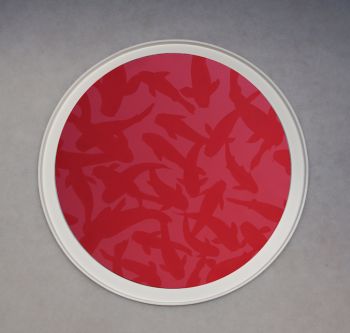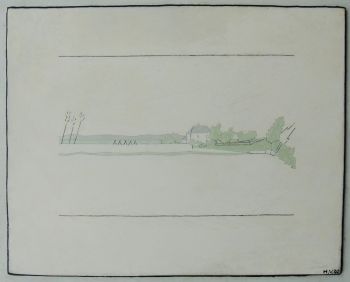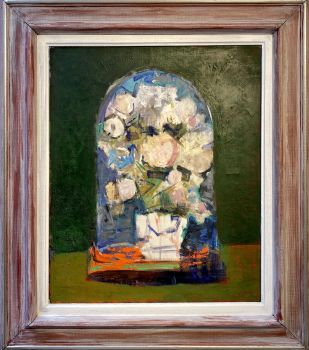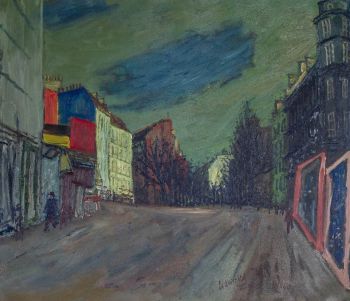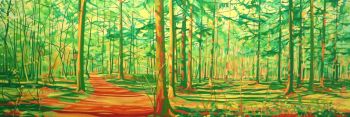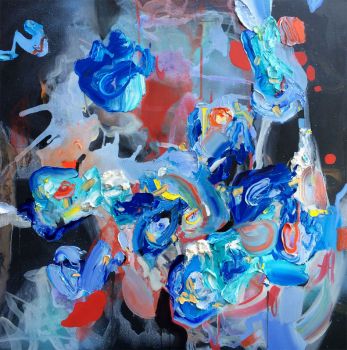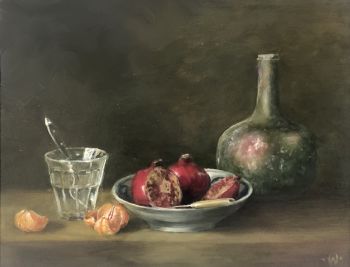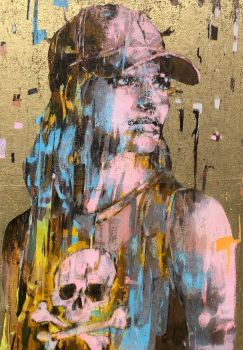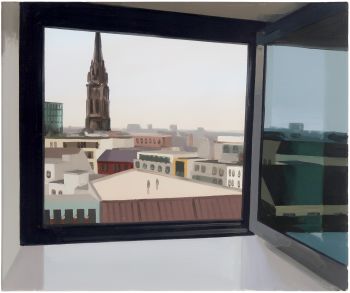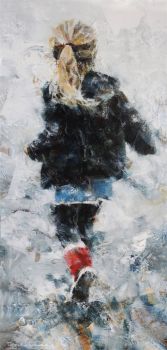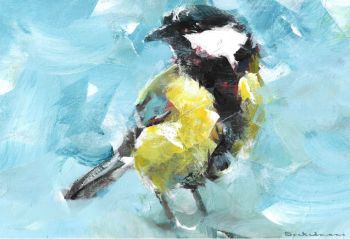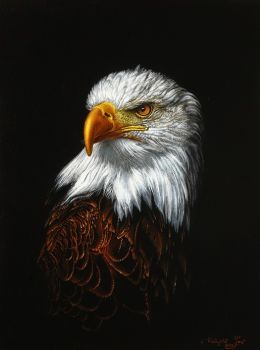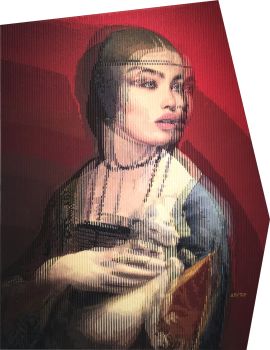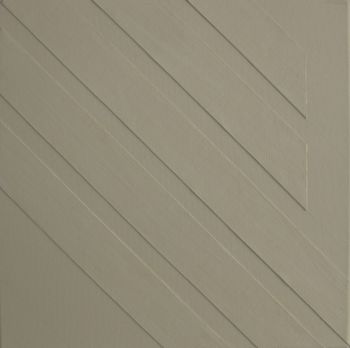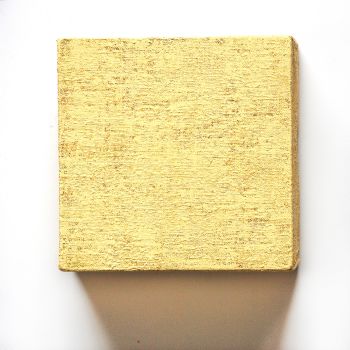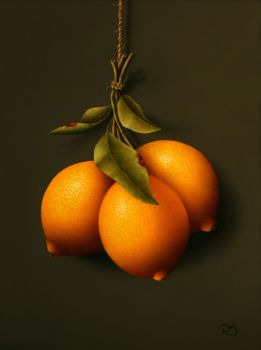Due statue in legno policromo, Bali settentrionale, Singaraja, reggenza di Buleleng, fine del XIX se 1900
Artista Sconosciuto
LegnaLegno di Nangka (Jackfruit)PigmentoOroDipingere
78 cm
ConditionMint
Attualmente non disponibile tramite Gallerease
- A proposito di opere d'arteTwo polychrome wooden statues North Bali, Singaraja, Buleleng Regency, late 19th century
Nangka (jackfruit) wood and pigments and gold
Height: 78 cm and 70 cm (2)
These two winged statues represent the red monkey twins Sugriwa and Subali as they are called in Bali. However, in spite of being identical twins they have different fathers; Sugriwa’s father is Surya, the sun god and Subali’s Indra, the king of gods. Subali, the king of the vahana, the monkeys and bears, believes that his brother Sugriwa is plotting to steal his throne so he drives him away. Sugriwa is introduced by his friend Hanoman, the king of the white monkeys, to Rama who agrees to battle Subali on Sugriwa’s behalf in exchange for the promise that Sugriwa will help him invade Lanka to battle Rawana who has kidnapped his wife, Sita. Rama defeats and kills Subali who at the time of his death realizes that Sugriwa had no ill intentions against him and forgives him for his death. The pair represent both sibling rivalry and the ultimate revelation of the truth. These two statues belong to a class of statues made in the vicinity of Singaraja from about 1890 till 1920, when the were very popular among a growing number of colonials in north Bali. There are early 20th century photos of this type of statues being sold in Surabaya and colonial fairs.
A large number of Bali statues in Dutch museums belong to this class.
I am grateful to Bruce Carpenter for his assistance with this catalogue entry. - A proposito di opere artista
Può succedere che un artista o un creatore sia sconosciuto.
Alcune opere non sono determinate da chi sono state realizzate o sono state realizzate da (un gruppo di) artigiani. Esempi sono statue dell'antichità, mobili, specchi o firme non chiare o leggibili ma anche alcune opere non sono affatto firmate.
Inoltre puoi trovare la seguente descrizione:
•"Attribuito a …." A loro avviso probabilmente opera dell'artista, almeno in parte
•“Studio di ….” o “Officina di” A loro avviso un'opera eseguita nello studio o nella bottega dell'artista, eventualmente sotto la sua supervisione
•“Cerchio di…” A loro avviso un'opera del periodo dell'artista che mostra la sua influenza, strettamente legata all'artista ma non necessariamente al suo allievo
•"Stile di..." o "Seguace di..." A loro avviso un'opera eseguita nello stile dell'artista ma non necessariamente da un allievo; può essere contemporaneo o quasi contemporaneo
•“Modalità di…” A loro avviso un'opera nello stile dell'artista ma di epoca successiva
•"Dopo …." A loro avviso una copia (di qualsiasi data) di un'opera dell'artista
•“Firmato…”, “Datato…” o “Iscritto” A loro avviso l'opera è stata firmata/datata/inscritta dall'artista. L'aggiunta di un punto interrogativo indica un elemento di dubbio
•"Con firma....", "Con data...", "Con iscrizione..." o “Riporta firma/data/iscrizione” a loro avviso la firma/data/iscrizione è stata aggiunta da qualcuno diverso dall'artista
Artwork details
Related artworks
- 1 - 4 / 12
Klaas II Mobach
Hanna Mobach, daughter of the sculptor Klaas Mobach, reading1950 - 1970
Prezzo su richiestaKunsthandel Pygmalion
Franz (NamGreb) Bergmann
Franz Bergman – Viennese cold-painted bronze lizard with a mechanical mouth1900 - 1909
Prezzo su richiestaAntiques Emporium
Arie Teeuwisse
Titania and Nick Bottom (the weaver)20th century
Prezzo su richiestaKunsthandel Pygmalion
Lambertus Zijl
Portrait of Juliana, queen of the Netherlands (1948-1990)1900 - 1950
Prezzo su richiestaKunsthandel Pygmalion
1 - 4 / 24Artista Sconosciuto
UN NETSUKE MARINO IN AVORIO DI UN OLANDESE CHE TIENE UN FAN . CINESE18th century
Prezzo su richiestaZebregs & Röell - Fine Art - Antiques
1 - 4 / 24Rene Rietmeyer
“NETHERLANDS BRABANT NOVEMBER 2000”2000
Prezzo su richiestaEuropean Cultural Centre Collection
1 - 4 / 24

